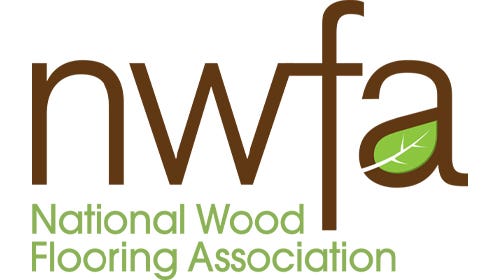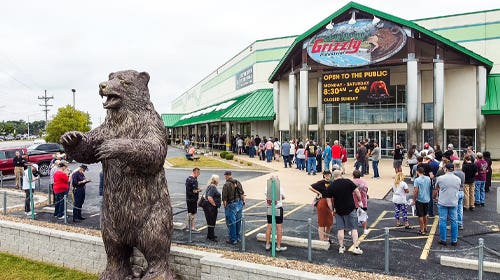American chestnut remains a treasure
Cherished by many for its warm tones, rustic appearance and historical value, American chestnut (Castanea dentate) is a somewhat sought-after domestic species for use in cabinetmaking, furniture, flooring, paneling and…
Cherished by many for its warm tones, rustic appearance and historical value, American chestnut (Castanea dentate) is a somewhat sought-after domestic species for use in cabinetmaking, furniture, flooring, paneling and other projects. It’s now considered a precious material, difficult to find, due to trees being attacked by a fungus blight in the early 1920s, which has since killed most of them. Woodshop News spoke with a few suppliers who still offer it.
Josh Nozick of Freestate Timbers in Timonium, Md., offers reclaimed American chestnut sourced primarily from Pennsylvania.
“The chestnut that we’re bringing in is all reclaimed from old barns, and I’m bringing in beams that typically end up going out to customers as rustic mantles, and then also bringing in 4/4 and 8/4 boards that my supplier re-mills from the old beams,” says Nozick.
He’s seen a heightened consumer interest in chestnut in recent years, but notes that it’s not nearly as popular as new materials. He adds that reclaimed in general is not a top choice and speculates that has to do with the increasing cost of it since less is available, and that working with it can be burdensome.
“A couple of things to remember in dealing with the chestnut is that it is all reclaimed material. There are issues that you have to deal with in working with it – worm holes, nail holes, the beams will frequently have mortise pockets from the original structure – and the material when it’s re-milled from the old beams, the newly milled surfaces don’t have the patina that the face of the beams developed over all the years,” says Nozick.
“We do a lot of custom countertops, and they look beautiful, but there’s a fair bit of extra work filling all the defects. Still, the end result is gorgeous. The wood itself is very easy to work with.”
Chestnut products sell for about $12/bf at Freestate Timbers.
When boards and beams are scarce, veneer is another option. Greg Engle of Certainly Wood in East Aurora, N.Y., offers a wormy chestnut veneer in 1/28” thickness that he says works nicely for restorations and repairs, as well as new builds.
“Our current stock is vintage wormy. It’s from product produced primarily in the late seventies, early eighties. It’s a salvaged supply we picked up two years ago from an old factory in the Midwest that we’d happened upon. Chestnut is hard to get,” says Engle.
“If we don’t have the domestic wormy chestnut, then we source out the European as an alternative but generally we don’t see that in worm grade or rustic grade. It’s not as warm as American chestnut.”
Engle says the popularity of chestnut veneer has dropped in the past decade because there’s simply not enough matching hardwood available.
“A lot of the work that we’re seeing right now is either on the restoration side or a new build,” he says.
Wormy chestnut veneer sells for approximately $5.95/sq. ft. at Certainly Wood.
Chestnut formerly grew in commercial quantities from New England to northern Georgia, with a heavy concentration throughout Appalachia. Due to its natural rot resistance, dead trees have remained intact. Numerous organizations and individuals have put in various efforts to revive the tree through different methods, and more information can be found on The American Chestnut Foundation’s website at acf.org.
This article was originally published in the November 2022 issue.







